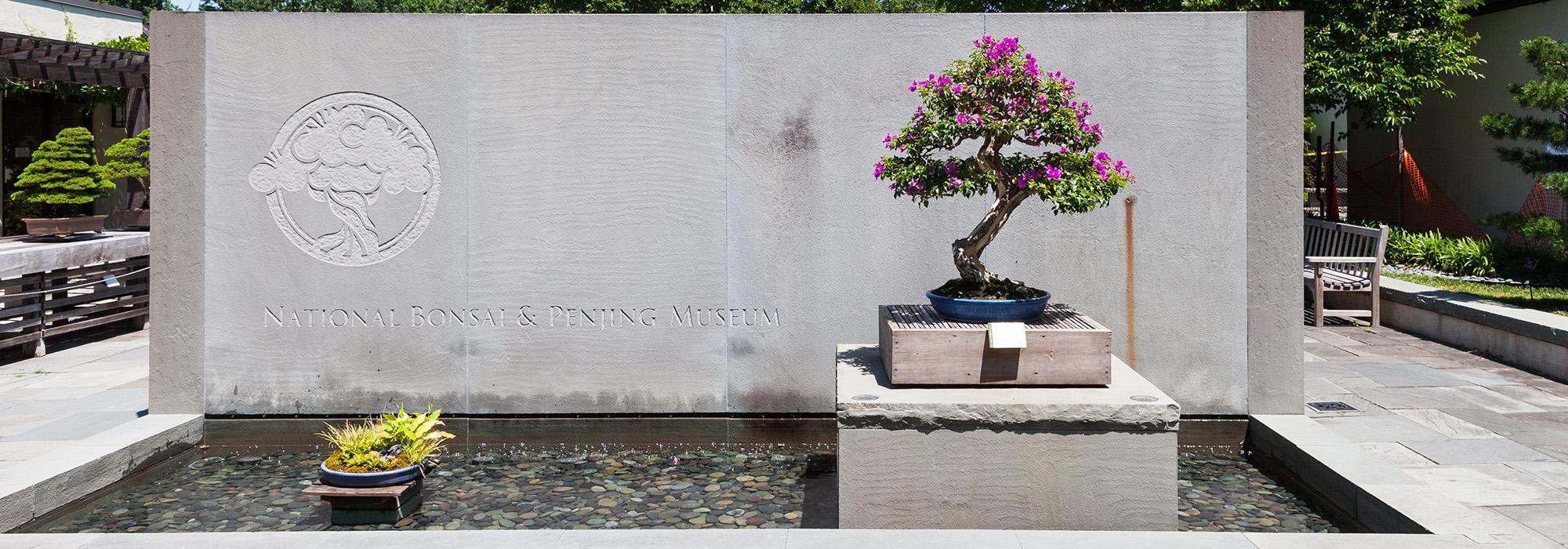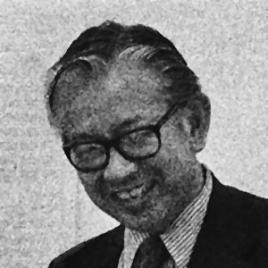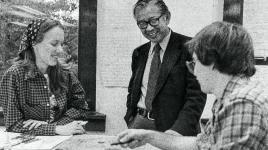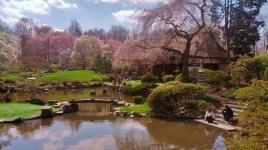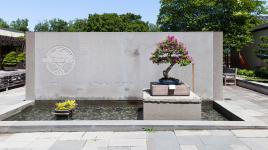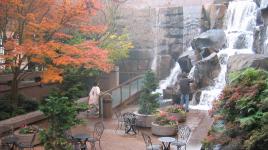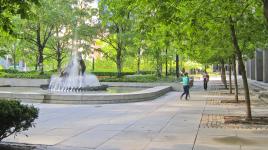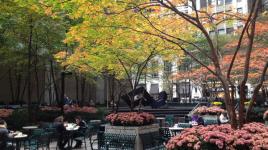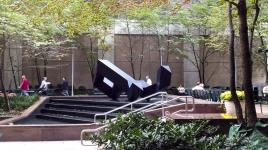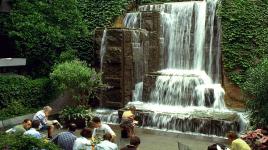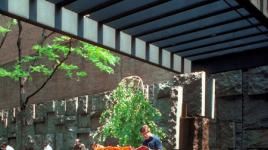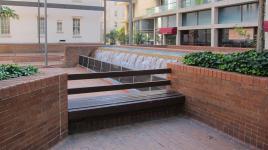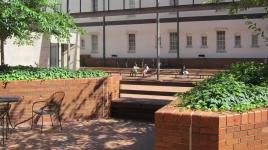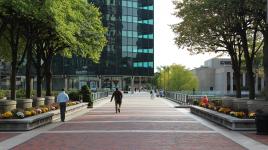Pioneer Information
Born in California, Kinoshita spent his childhood in Japan, returning to the U.S. at the age of fifteen. With the outbreak of World War II, he was interned with other Japanese Americans in Arkansas and later served as an interpreter in the U.S. Army. After earning a Bachelor of Architecture in 1955 from Cornell University, Kinoshita accepted a fellowship to study in Japan and received a Master of Science in Japanese History from Kyoto University in 1957. He returned to the U.S. where he worked with Eero Saarinen and later attended Harvard’s Graduate School of Design. Upon receiving his Master of Architecture in Urban Design in 1961, Kinoshita began working with Sasaki, Dawson & DeMay and eventually became a principal of that firm.
Kinoshita’s time in Japan provided a background that would translate into highly detailed garden compositions with Sasaki. Compact urban designs including Waterfall Gardens and Greenacre Park are examples of his mastery of water, stone, and plants. In 1977, Kinoshita left Sasaki and founded the Urban Design Collaborative International in Columbus, Ohio. From 1977 to 1990, he was a professor at Ohio State University and also served as a visiting critic at Harvard, Syracuse, and Yale. Kinoshita split his time between the U.S. and Japan throughout his life, practicing landscape architecture and painting until he passed away.



